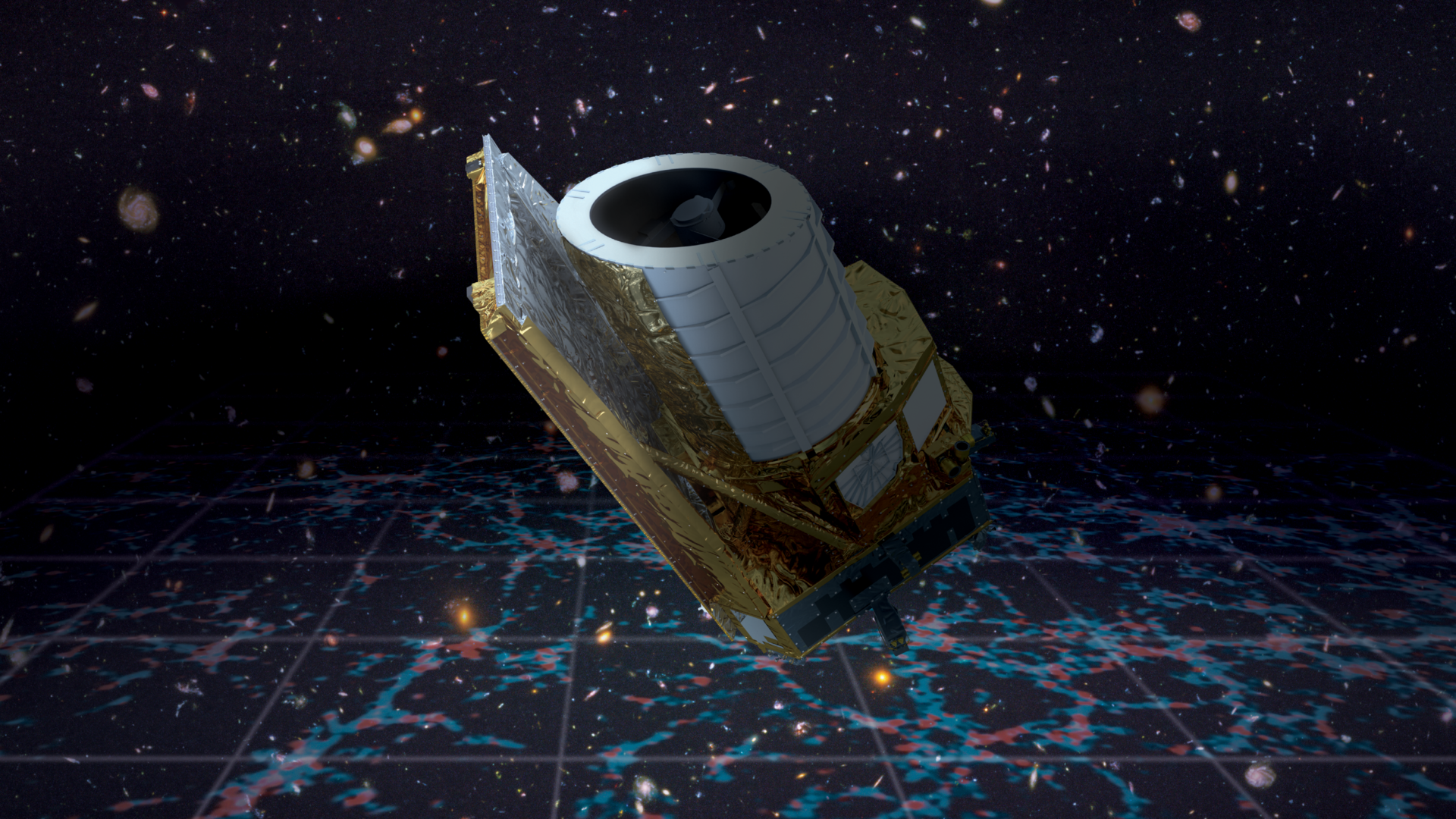TheVat
Registered Senior Member

Dark energy 'doesn't exist' so can't be pushing 'lumpy' universe apart, physicists say
One of the biggest mysteries in science—dark energy—doesn't actually exist, according to researchers looking to solve the riddle of how the universe is expanding.
This timescape model is fascinating. When you read their explanation of different measures of time in the filaments, superclusters and voids, it makes you wonder what took so long to arrive at such a theory. It just makes sense. Large-scale structure, "lumpiness," has been known since what, the 80s? Here's a clip from the article:
For the past 100 years, physicists have generally assumed that the cosmos is growing equally in all directions. They employed the concept of dark energy as a placeholder to explain unknown physics they couldn't understand, but the contentious theory has always had its problems.
Now a team of physicists and astronomers at the university of Canterbury in Christchurch, New Zealand are challenging the status quo, using improved analysis of supernovae light curves to show that the universe is expanding in a more varied, "lumpier" way.
The new evidence supports the "timescape" model of cosmic expansion, which doesn't have a need for dark energy because the differences in stretching light aren't the result of an accelerating universe but instead a consequence of how we calibrate time and distance.
It takes into account that gravity slows time, so an ideal clock in empty space ticks faster than inside a galaxy....



